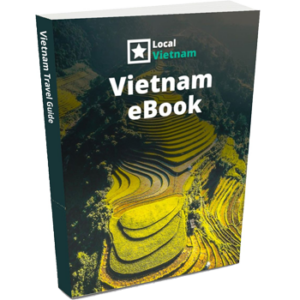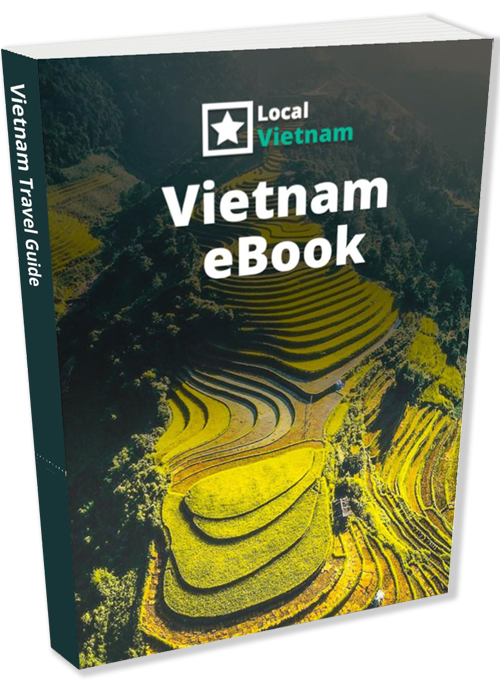When it comes to exploring this beautiful country, it’s crucial to be aware of road safety in Vietnam. With its bustling streets and diverse transportation options, understanding local traffic rules and anticipate on road situations will help ensure a safe and enjoyable trip.
Traffic rules in Vietnam
Traffic rules in Vietnam may seem non-existent when you witness the chaotic scenes depicted in videos and photos. However, it’s important to remember that there are specific rules that govern road traffic in the country. To ensure a safe and smooth journey, here are some key traffic rules to keep in mind:
- Adhere to speed limits: Motorbikes should not exceed 40km/h in urban areas and 60km/h on highways and rural roads.
- Priority for stronger vehicles: In situations where there is a right of way, stronger vehicles such as buses or trucks have priority. Avoid attempting to give way to them, as it may lead to confusion and potential accidents.
- Wear a helmet: It is mandatory to always wear a helmet while riding a motorcycle. Ensure you have a properly fitting helmet that meets safety standards to protect yourself in case of a mishap.
- Drive on the right side of the road: In Vietnam, vehicles drive on the right side of the road. Follow this rule to maintain proper traffic flow and avoid collisions.
- Strict alcohol rules: It is strictly prohibited to drive after consuming any amount of alcohol. Even a single beer can lead to legal consequences and jeopardize road safety. Refrain from drinking and driving altogether.
- Motorcycle categorization: In Vietnam, scooters are generally referred to as motorcycles. Any vehicle with an engine above 50CC is considered a motorcycle, requiring a motorcycle license. Motorcycles under 50CC are rarely available for rent and are not suitable for mountainous regions.
- Avoid cellphone use while driving: Using your cellphone while driving is prohibited. Keep your focus on the road, minimize distractions, and prioritize safe driving practices.
- Maximum two passengers on a motorbike: It is recommended to have a maximum of two people on a motorbike. While you may observe locals carrying more passengers.
Pedestrians: How to cross the street in Vietnam
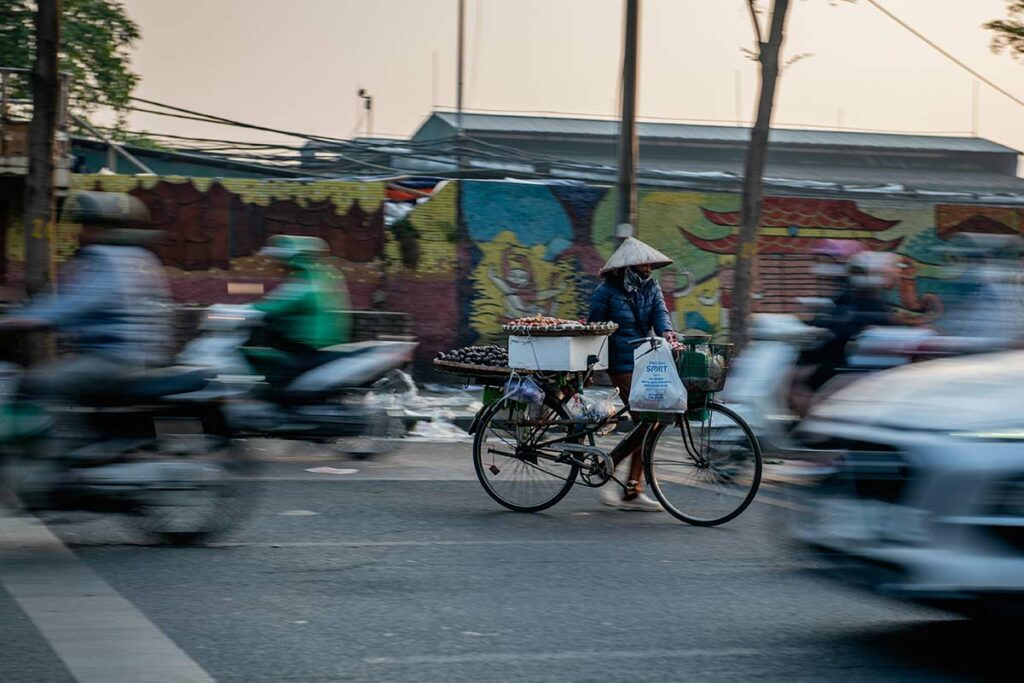
Crossing the street as a pedestrian in Vietnam can appear extremely challenging due to the bustling traffic and limited availability of safe crossings. Often, you may find yourself needing to navigate through heavy traffic to reach your destination. However, with the following tips, you can confidently cross the road while prioritizing your safety and successfully navigate the vibrant streets of Vietnam.
- Walk steadily: Maintain a steady walking pace when crossing the road. This allows drivers to anticipate your movement and adjust their speed accordingly. Avoid running, as it can be unpredictable and increase the risk of accidents.
- Make yourself visible: In heavy traffic or when crossing in dimly lit areas, it’s important to make yourself more visible to drivers. Raise your hand or use gestures to signal your intention to cross. This helps grab the attention of drivers and reduces the chances of them overlooking you.
- Utilize traffic lights: Whenever possible, cross the road at designated pedestrian crossings or traffic lights. Wait for the pedestrian signal to indicate it is safe to cross, and take advantage of the moment when traffic comes to a stop. Observe the signals and align your movement accordingly.
- Enhance visibility at night: When crossing the street in the evening or in dark areas, take extra precautions to improve your visibility. Wear bright or reflective clothing, or carry a flashlight to make yourself more noticeable to drivers.
- Cross with locals: One effective strategy for crossing roads safely in Vietnam is to observe and follow the lead of local pedestrians. Cross the road alongside them, as they are more experienced in navigating the traffic patterns and can provide guidance on the best moments to cross.
- Wait when large vehicles are present: Wait to cross the road when there are big vehicles such as buses or trucks nearby. These vehicles can obstruct the view of other road users, including drivers of smaller vehicles or motorcycles. By waiting for them to pass or finding a clear gap, you will be better visible.
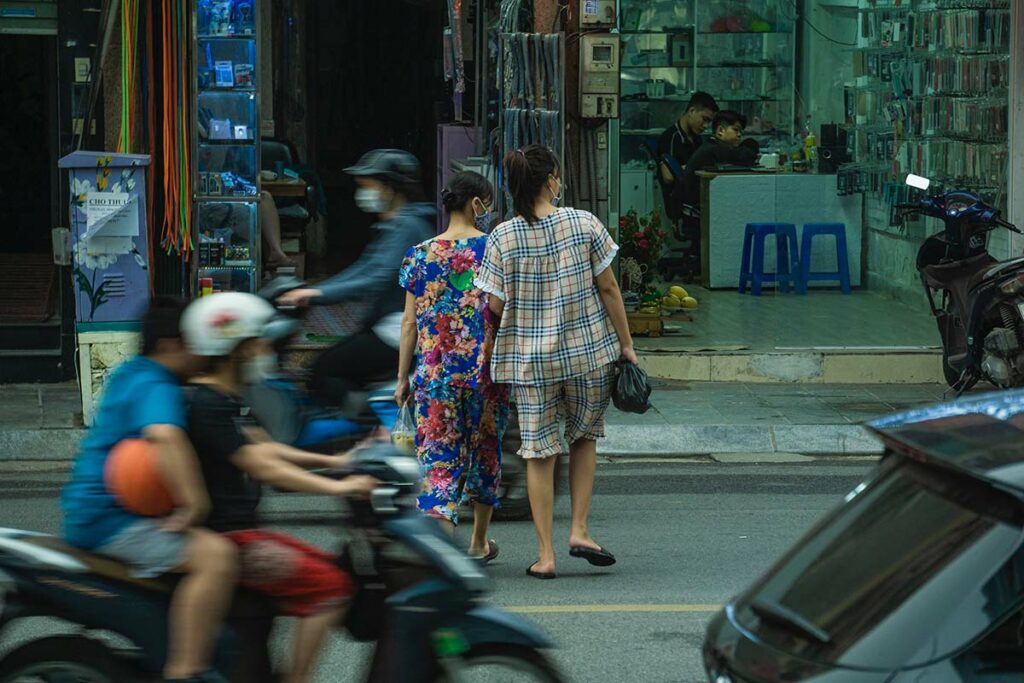
Road Safety in Vietnam
While traveling in Vietnam is generally safe with low crime rates and no significant natural disasters like earthquakes or tsunamis, the country faces a significant road safety challenge.
Unfortunately, road safety in Vietnam is a significant concern, with a noticeable poor record that includes daily accidents, some of which are fatal. Motorbike riders are particularly vulnerable and frequently become victims of these accidents. The major cities face the challenge of congested streets bustling with motorcycles, cars, buses, trucks, bicycles, pedestrians, and cyclos. In rural areas, there is often a struggle for road space between vehicles and livestock.
Traffic principles are frequently disregarded by drivers in Vietnam, leading to a lack of yielding right of way and minimal adherence to traffic laws with little police enforcement. Pedestrians should exercise caution due to uneven and congested sidewalks, while vehicles, including bicycles and motorcycles, often ignore traffic signals and use the sidewalks to drive on.
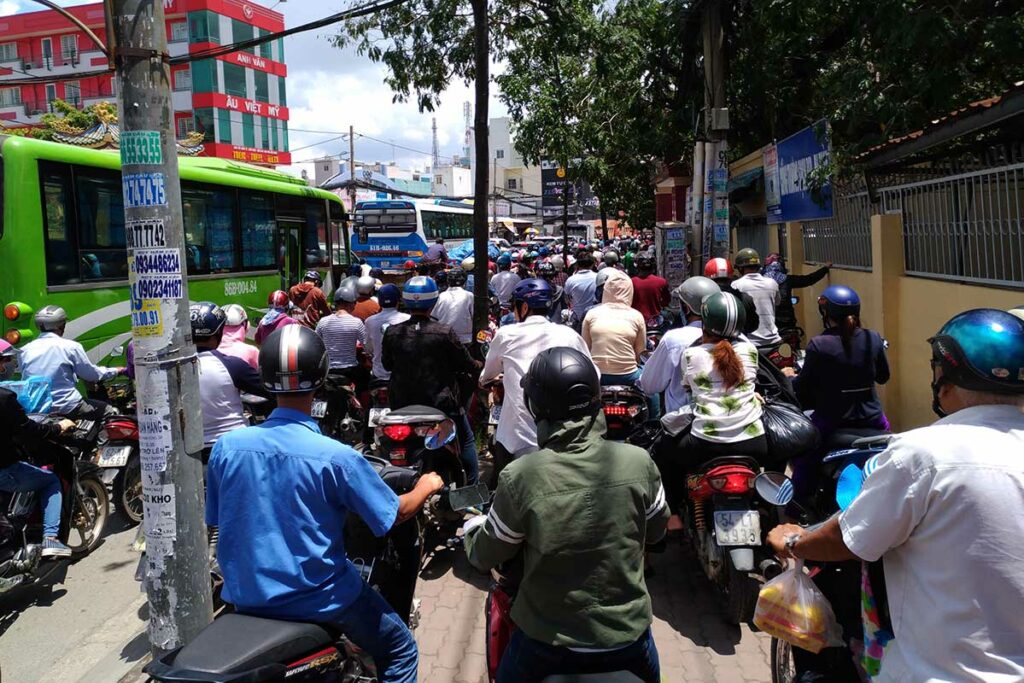
Tips to be safe in traffic and on the road in Vietnam
- Follow our earlier mentioned tips for crossing the road safely in Vietnam, including walking steadily, making yourself visible, utilizing designated crossings or traffic lights, and crossing with locals.
- Adhere to traffic rules: Observe and follow the traffic rules in Vietnam, including speed limits, traffic signals, and right-of-way regulations. This helps maintain order and reduces the risk of accidents.
- Obtain a valid motorbike license: If you plan to ride a motorbike in Vietnam, ensure that you have a valid motorbike license and an International Driving Permit (IDP). Riding without the necessary paperwork may lead toproblems with the police and your insurance.
- Be careful with night buses: When possible, avoid traveling by night buses, as they often drive too fast and dangerous. Consider alternative transportation options or opt for daytime travel.
- Choose a reliable transportation company: If you decide to use transportation services such as buses or taxis, opt for reputable and reliable companies. Research and read reviews to select a trusted provider.
- Consider train travel: While train travel in Vietnam may be slower compared to other modes of transportation, it is generally considered safer.
- Stay alert and aware: Maintain a high level of awareness while on the road. Keep an eye on your surroundings, anticipate potential hazards, and be prepared to react accordingly. Avoid distractions such as using mobile phones or headphones, which can compromise your focus and reaction time.
- Be cautious of road conditions: Keep in mind that road conditions in Vietnam can vary, and poor road conditions are not uncommon, such as potholes, uneven surfaces, or obstacles that require quick maneuvering.
- Consider travel insurance: In the end, no matter how much you are careful, something can unfortunately always happen to you. Therefore, make sure you have taken out (travel) insurance so that you do not have to worry about costs and arrangements.
- Use a seatbelt: Despite the common practice of not using seatbelts in Vietnam, it is best to always wear one (when possible). Seatbelts are proven to significantly improve safety and reduce the risk of serious injuries during accidents. Buckle up and encourage others to do the same, even if it may not be a common practice among locals. Your safety should always come first.
